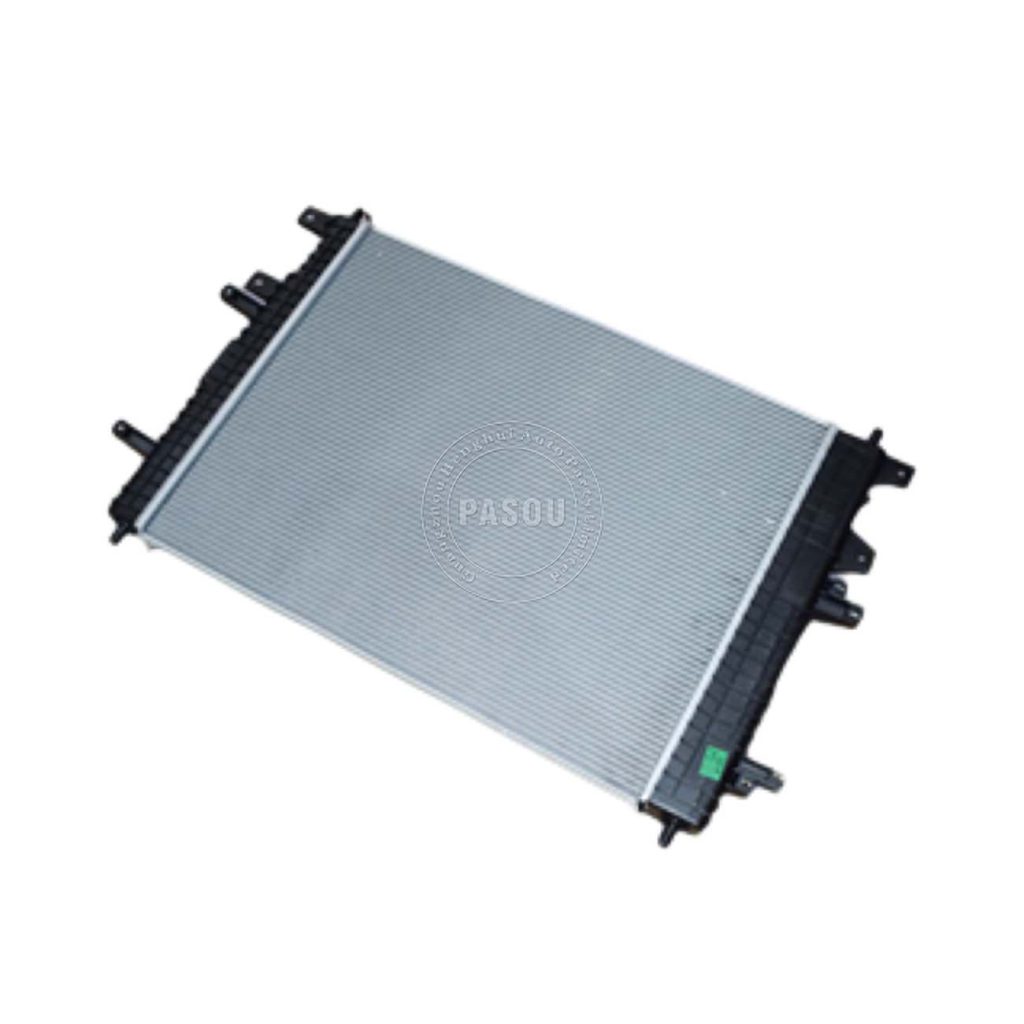Your Quick Guide to Choosing the Right Car Radiator 🚗
Keeping your engine cool is crucial for its performance and longevity. If you’re considering a radiator replacement, navigating the options can be confusing. This guide breaks down the key factors in simple terms to help you make an informed choice.
✅ First, Know Your Vehicle
The single most important step is ensuring perfect compatibility. Before you shop, confirm your vehicle’s:
- Make, Model, and Year: Cooling systems are designed specifically for each vehicle .
- Engine Size: A larger engine generates more heat and requires a radiator with adequate cooling capacity .
- OEM Part Number (if possible): This is the best way to guarantee a direct fit .
⚙️ Key Factors in Your Decision
Once you know your vehicle’s requirements, consider these aspects to find the best radiator for your needs and budget.1. Material: Aluminum vs. Copper/BrassThe material significantly impacts performance, weight, and cost.
| Material | Pros | Cons | Best For |
|---|---|---|---|
| Aluminum | Lightweight, excellent heat dissipation, corrosion-resistant, good value . | Can be more expensive than plastic. | Most modern vehicles, performance upgrades, and daily drivers . |
| Copper/Brass | Superior thermal conductivity, very durable and repairable . | Heavier, higher cost . | Older classic cars, high-load scenarios, and heavy-duty vehicles . |
| Plastic Tanks (with aluminum core) | Low cost, lightweight. Common in OEM designs. | Plastic components can become brittle over time and are less durable . | Standard replacements for many everyday commuter cars . |
2. Core Design: Crossflow vs. DownflowThis refers to the direction coolant flows through the radiator.
- Crossflow: Coolant flows horizontally. This design typically offers higher cooling efficiency and fits better in modern engine bays with limited vertical space. It’s common in most contemporary cars .
- Downflow: Coolant flows vertically from top to bottom. This traditional design is known for its strength and is often found in older vehicles and trucks. If your car came with a downflow radiator, it’s best to stick with that type .
3. Core Rows and Cooling CapacityMore rows of cooling tubes generally mean a larger surface area and greater cooling capacity .
- 1-2 Rows: Sufficient for daily driving and stock engines .
- 2-3 Rows: Ideal for occasional high-speed driving, towing, or hotter climates .
Important Note: More rows aren’t always better. An excessively thick radiator can restrict airflow. Always choose a design that fits your engine bay without modification for optimal airflow .
🛠️ Practical Tips for a Smart Purchase
- Match Your Driving Habits: Be honest about how you use your car. A daily commuter has different needs than a performance vehicle or one used for heavy towing .
- Choose a Reputable Brand: Stick with well-known brands that offer good warranties. This is a sign of quality and ensures you have support if issues arise .
- Consider Professional Installation: While some radiators are designed for DIY installation, improper installation can lead to leaks and engine damage. If you’re unsure, consulting a trusted mechanic is a wise investment .
🤔 How to Tell You Need a New Radiator
Look out for these warning signs:
- Engine frequently overheats, especially in normal driving conditions.
- Visible coolant leaks under your car.
- Discolored or rusty coolant.
- Visible physical damage to the radiator fins, such as corrosion or bending .
The Bottom Line
Choosing the right radiator boils down to three things: perfect fit for your vehicle, the right material for your driving needs, and a quality product from a trusted brand. Taking the time to understand these basics will save you money and keep your engine running cool and reliably for years to come.I hope this guide has been helpful! If you have more specific questions about your vehicle, feel free to ask.


